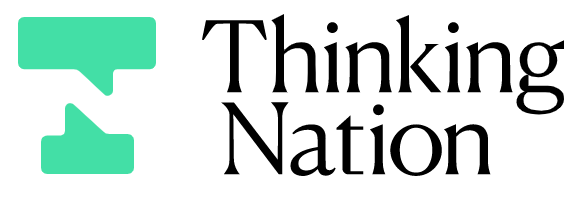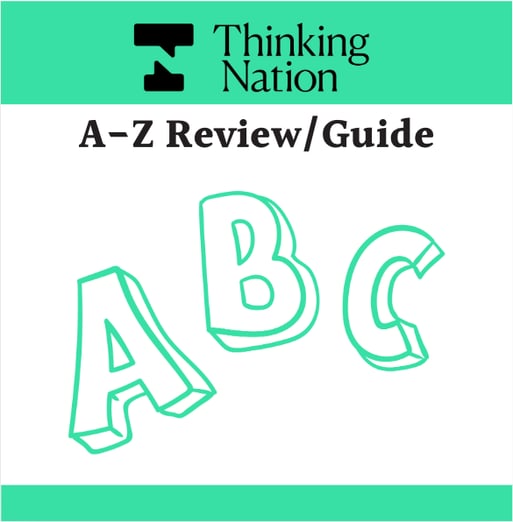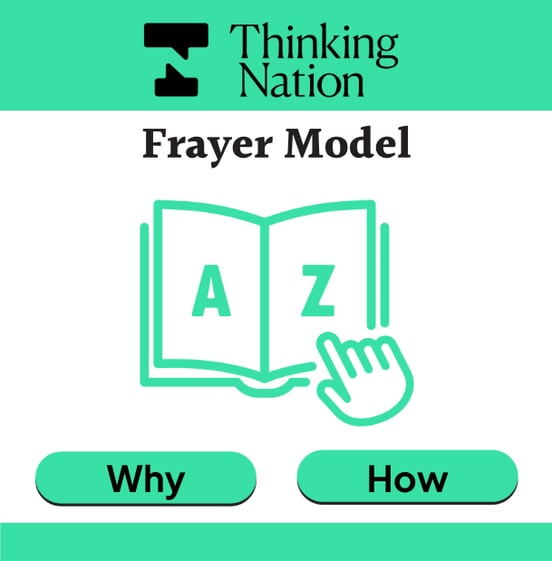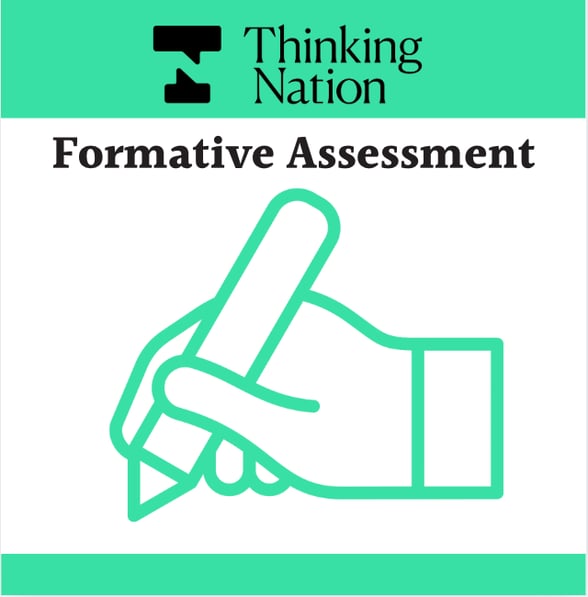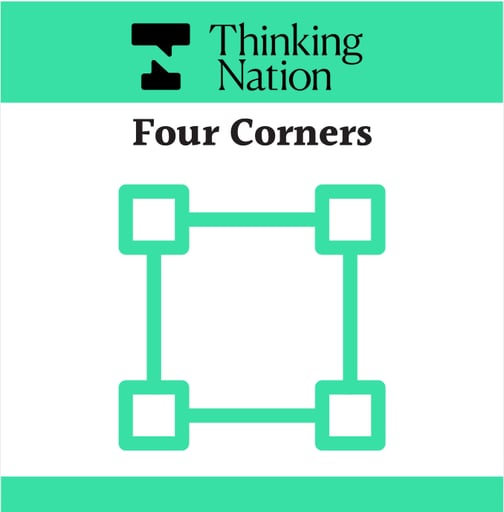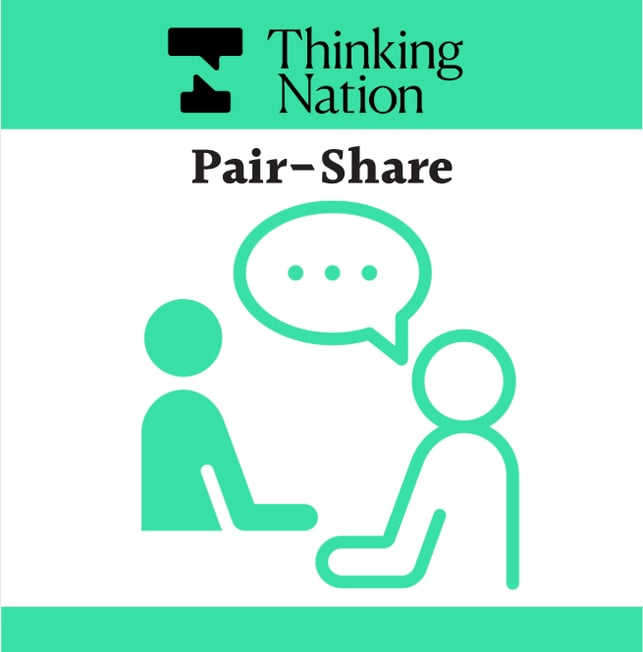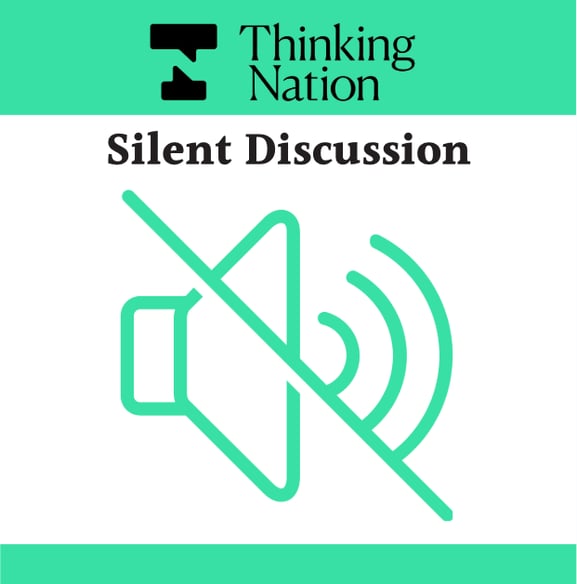
About Unit 2
💭 Essential Question: How did the arrival of Europeans affect Indigenous American populations and how did Indigenous populations exhibit agency within the resulting intercultural interactions?
Exploration and Colonization examines the profound changes brought to the Americas by European, specifically Spanish, exploration and colonization. Students will investigate the economic, political, and cultural motives that drove European powers to colonize the New World, such as the search for wealth, the spread of Christianity, and the expansion of global trade networks. Through primary and secondary sources, students will analyze the Columbian Exchange and its effects, including the devastating impact of disease on Indigenous populations and the reshaping of economies and societies. They will also explore the Spanish encomienda system, the Transatlantic Slave Trade, and the ways Indigenous peoples and enslaved Africans resisted and demonstrated agency. By engaging with multiple perspectives, students will develop a nuanced understanding of the interactions between Europeans, Indigenous peoples, and Africans, and how these encounters reshaped the Americas. The unit concludes with students crafting evidence-based arguments in a socratic seminar to answer key questions about the consequences of colonization and the resilience of those who resisted.
%20(800%20x%20200%20px)-Jun-16-2025-03-52-14-7219-PM.png)
Formatives assessments are a powerful way to measure how your students are progressing towards identified learning objectives (Additional Video).
▶️ Video
